Understanding the nature of fluids is essential in physics. Fluids include liquids and gases with unique properties that differentiate them from solids. Let's explore fluids' characteristics and behavior to understand better how they interact with the world around us.
I. Introduction to Fluids
Imagine pouring water into a glass or blowing up a balloon. In both cases, the substance inside takes the shape of its container. These substances are fluids.
Fluids are substances that flow and take the shape of their container because their molecules move freely past each other. This movement allows them to change shape easily.
Unlike solids, fluids don’t have a fixed shape. They can be liquids, like water, or gases, like air.
We encounter fluids every day in many forms. We interact with fluids when we drink a glass of milk, swim in a pool, or breathe in and out. Understanding how fluids work helps us see how they impact our daily lives and the world.
II. Properties of Fluids
Fluids have several unique properties that make them different from solids. Let's discuss some of these key properties:
Density
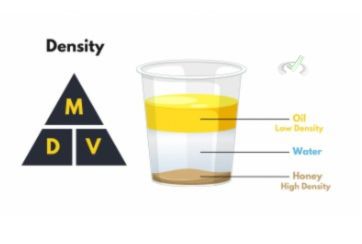
Density measures the mass of a fluid in a given volume. It is calculated by dividing the fluid's mass by its volume (Density = Mass/Volume).
For example, water has a higher density than air. This means that a given volume of water has more mass than the same volume of air.
Viscosity
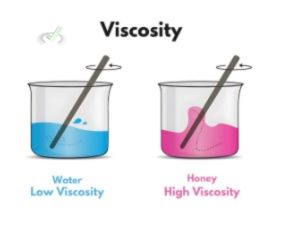
Viscosity measures a fluid's resistance to flow. It depicts how thick or thin a fluid is. Honey, for example, has a high viscosity because it flows slowly.
Water has a low viscosity because it flows easily. Viscosity affects how fluids move in different situations, like oil flows slower than water.
Pressure
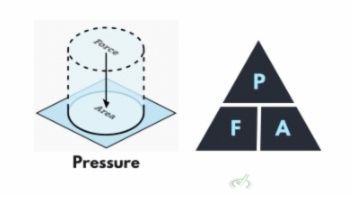
Pressure is the force exerted by a fluid per unit area. It is calculated by dividing the force by the area over which the force is applied (Pressure = Force/Area).
In fluids, pressure is exerted equally in all directions. This is why when you squeeze a balloon, it bulges out evenly on all sides.
Buoyancy
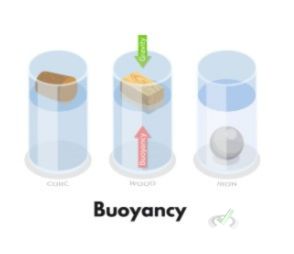
Buoyancy is the ability of a fluid to exert an upward force on an object placed in it. This force is called the buoyant force.
It is what makes objects float in water or rise in the air. The buoyant force is equal to the weight of the fluid that the object displaces.
Surface Tension
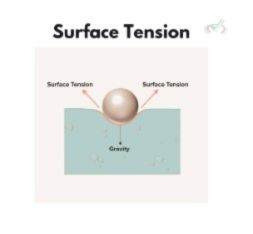
Surface tension is the force that acts on the surface of a liquid. It makes the surface act like a stretched elastic sheet.
This is why small insects can walk on water and why water forms droplets. The attraction between the molecules in the liquid causes surface tension.
III. Behavior of Fluids
Several important principles and laws in physics can explain the behavior of fluids:
Pascal's Principle
Pascal's Principle states that when pressure is applied to a fluid in a closed container, the pressure is transmitted equally in all directions. This principle is used in hydraulic systems, like car brakes. Applying pressure to the brake pedal generates an equal pressure in the brake fluid, stopping the car.
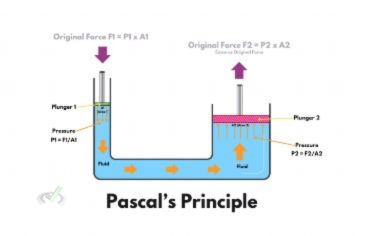
Archimedes' Principle
Archimedes' Principle explains that the buoyant force on an object submerged in a fluid is equal to the weight of the fluid displaced by the object. This principle illustrates why ships float and why it is easier to lift objects underwater.
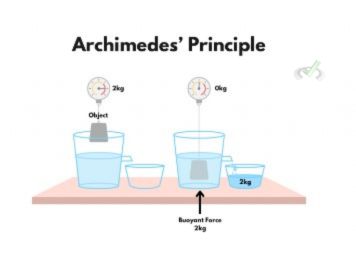
Bernoulli's Principle
Bernoulli's Principle states that as a fluid's speed increases, its pressure decreases. This principle explains how airplanes fly.
The shape of the airplane wing causes air to move faster over the top of the wing and slower underneath. The higher speed on top creates lower pressure, generating lift.
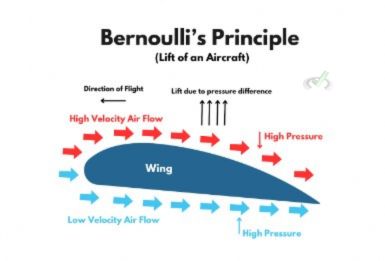
Fluid Dynamics
Fluid dynamics is the study of how fluids move. It covers fluid flow patterns, which can be smooth (laminar) or chaotic (turbulent).
Laminar flow is smooth and orderly, while turbulent flow is chaotic and irregular. Understanding fluid dynamics is crucial for designing pipelines, aircraft, and even predicting weather patterns.
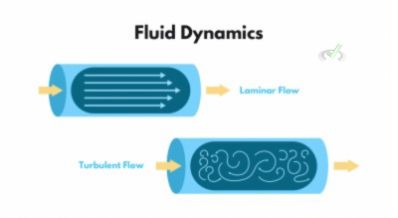
IV. Applications of Fluid Principles
Understanding the nature and behavior of fluids is essential in physics and has practical applications in many fields. Here are a few ways fluid principles are applied in everyday life:
Engineering
Engineers use fluid principles to design systems like water supply networks, sewage systems, and HVAC (heating, ventilation, and air conditioning) systems. Understanding how fluids behave ensures these systems work efficiently and effectively.
Medicine
In medicine, fluid principles are applied to various devices and treatments. For example, IV drips rely on fluid pressure to deliver medication.
Conversely, blood flow dynamics are crucial for understanding and treating cardiovascular diseases. Blood flow relies on understanding viscosity and pressure to diagnose and treat conditions like hypertension.
Environmental Science
Environmental scientists study fluid dynamics to understand natural phenomena like ocean currents, weather patterns, and the movement of pollutants in water and air. This knowledge helps them predict and mitigate the impacts of natural disasters and pollution.
V. Wrap-Up and Key Terms
Let’s review the key points we covered about the nature of fluids:
Properties of Fluids
- Density: Mass per unit volume of a fluid.
- Viscosity: Resistance of a fluid to flow.
- Pressure: Force exerted by a fluid per unit area.
- Buoyancy: Upward force exerted by a fluid on an object.
- Surface Tension: Force that acts on the surface of a liquid.
Principles and Laws
- Pascal's Principle: Pressure applied to a fluid in a closed container is transmitted equally in all directions.
- Archimedes' Principle: Buoyant force on an object equals the weight of the fluid displaced by the object.
- Bernoulli's Principle: As the speed of a fluid increases, its pressure decreases.
- Fluid Dynamics: Study of how fluids move, including laminar and turbulent flow.
VI. Practice Questions
Sample Practice Question 1
What property of a fluid describes its resistance to flow?
A. Density
B. Viscosity
C. Pressure
D. Buoyancy
Ans. B
Viscosity measures how thick or thin a fluid is and describes its resistance to flow.
Sample Practice Question 2
Which principle explains why ships float in water?
A. Pascal's Principle
B. Archimedes' Principle
C. Bernoulli's Principle
D. Fluid Dynamics
Ans. B
Archimedes' Principle states that the buoyant force on an object submerged in a fluid equals the weight of the fluid displaced by the object, explaining why ships float.







 To help you achieve your goal MCAT score, we take turns hosting these
To help you achieve your goal MCAT score, we take turns hosting these 





















 reviews on TrustPilot
reviews on TrustPilot